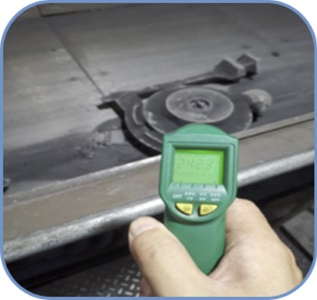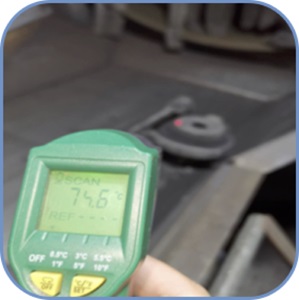The DISACOOL combines the functions of shake-out, casting cooler and sand cooler. It breaks down large sand lumps, fully moistens the sand and pre-cleans castings so less blasting is required. This reduces shotblasting machine wear along with energy and shot consumption.
To turn it into a DISACOOL, DISA’s engineers completely changed the original, locally-sourced cooling drum’s internal structure and redesigned the wind pipes to reverse the air flow direction. Fresh air now flows from the outlet up to the inlet which allows more cold air into the drum.
DISA also redesigned the remoistening system which sprays water onto the sand and castings in the drum near the entrance. As the water evaporates, it cools the sand and castings uniformly. The water vapor generated is blown towards the inlet and carried away by the suction at the inlet end.
The sand-to-iron ratio, sand water content and other metrics like inlet and outlet temperature, determines how much water must be added. The DISACOOL can manage water addition completely automatically using a DISA Monitizer | CIM digital module or semi-automatically with operators manually selecting the water amount on its Water Dosing Panel.


